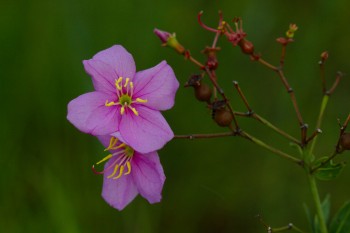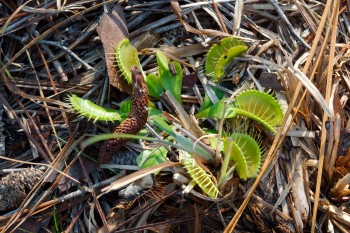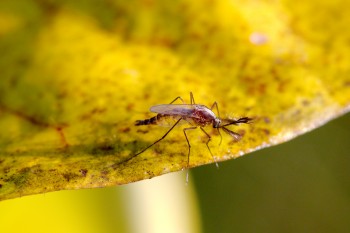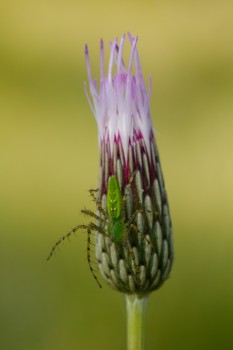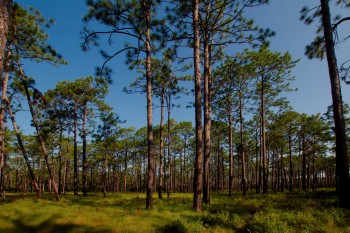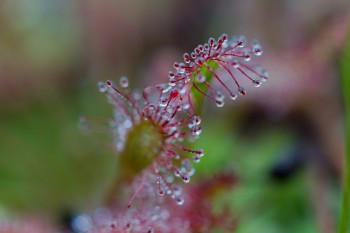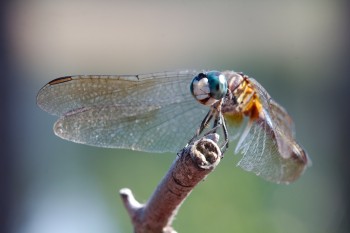I have a largish collection of pictures to post for today but I’m putting them in a single post, because they were all taken at the same place. When we were at the beach few years ago we went to the Green Swamp, north of Supply, North Carolina, because of an article I happened to see in Smithsonian magazine. The article was about Venus flytraps and this is one of the places to which they are native. We had a mostly good experience on that first visit, although we learned a few important lessons, not the least of which is that there are significant biting insects there. Hey, it’s a swamp, it’s going to have bugs.
Mostly we go for the plant life. The main attraction is the collection of carnivorous plants, including but no limited to the Venus flytrap (Dionaea muscipula). My first picture above is a meadow beauty (Rhexia virginica) and they are scattered around the swamp, particularly the first areas you walk through when leaving the small parking area on NC 211. After walking on a boardwalk through the first pocosin, a heavily wooded wetland area, into the next area of (higher and dryer) long-leaf pine savanna, there are Venus flytraps. The are a little hard to find until you’re found a couple and really know what to look for. Then you start to see them everywhere.
Back to the biting insects a bit. Many of the pitcher plants have a green lynx spider (Peucetia viridans) living on or around them. Because the plants attract insects, it’s a particularly good place for a spider to live, especially one that doesn’t spin a web and hunts for insects “the old fashioned way.” This is the top of a pitcher plant, there is a piece of leaf called an operculum which acts as a hood to the pitcher. Apparently there isn’t a lynx spider on this one, or this mosquito would probably not have lasted so long. Usually I don’t let mosquitoes hang around without being swatted but this one posed for me very nicely. As long as it didn’t land on me, I decided I would let it live. (UPDATE—2014/08/14: This has been identified as a male Ochlerotatus atlanticus. I know you’ve all been waiting with baited breath to learn that.)
I did see lynx spiders, though. Both on pitcher plants and on this thistle bud. I like this picture for it’s color and simplicity. These spiders are quite ferocious looking up close, with spines all over their legs and their bright green color, which makes them a bit difficult to see sometimes, as they blend in with their leafy surroundings.
When I got my camera set up, this one moved around to the far side of the thistle bud. I few gentle movements with my finger convinced her to move around to the camera side, however. I did take a few closer pictures that show more detail of the spider but I thought I’d go with this longer view, showing the whole flower. We also saw them on pitcher plants and I took some pictures of that, as well, but they didn’t turn out as nicely as this one, I think.
Here’s a wide angle view of the long-leaf pine savanna we were walking through. In this area are the eponymous long-leaf pines, of course. The most common plant is grass and since we came early this year, it was still quite wet with dew. Our pant legs were soaked long before we got this far into the swamp. You cannot really see them well in this picture but the yellow pitcher plants are scattered through the grass, reaching up through it. The smaller purple pitcher plants are harder to find, because they only grow about six inches tall, at most. Their flower stalk is usually the first thing you see, being much taller than the pitchers.
On the way out of the swamp we stopped by the pond near the parking area to take pictures of pitcher plants. They grow in the very wet area right on the edge of the pond. They may grow in other areas of the swamp but this is the only place we’ve seen them. They are quite small and it really helps to know what you’re looking for. The leaves of this spoonleaf sundew (Drosera intermedia) are only about 5mm across and the whole plant not much more than 4cm. They have very small, white flower, as well, but I didn’t get any pictures of them this year.
While I was taking pictures of the sundew, the others were enjoying a blue dasher dragonfly (Pachydiplax longipennis) who kept landing on the same twig, making it fairly easy to get close enough for a good picture. After they all had their pictures, they let me have a turn and I got this one, which I like pretty well.
So, another trip to the Green Swamp of North Carolina. If you go, try to pick a cool day and go early, before the sun gets too hot (we were done by 9:30 and it was starting to heat up by then). Put on a lot of deet-based bug repellent and be ready to swat those that ignore it. I prefer long trousers and sleeves, even though it’s hot, because of the bug protection. But be sure to bring a camera, because there’s lots to see.

